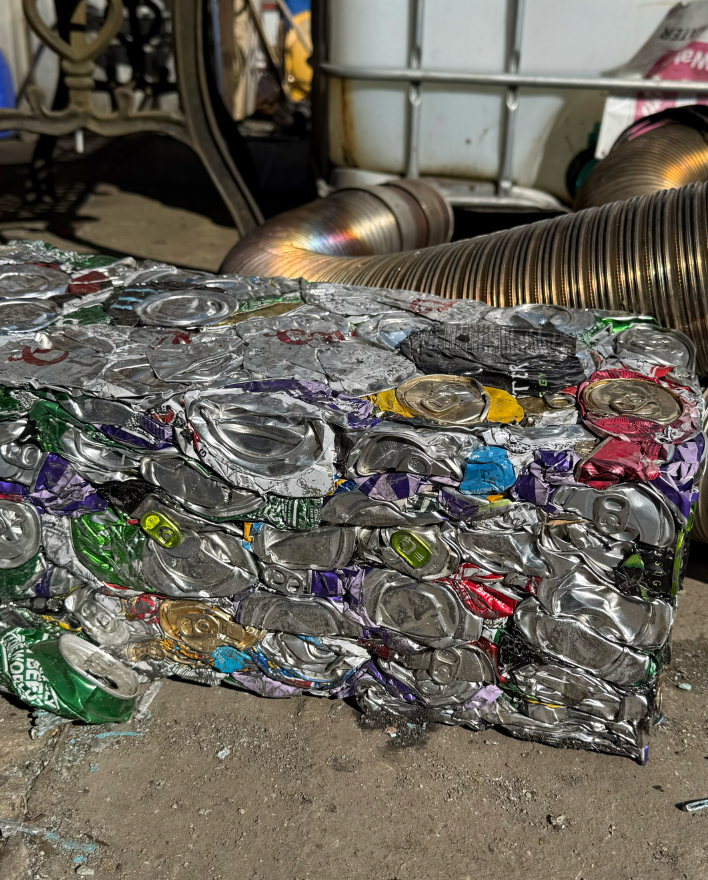Why Recycling Aluminium Matters: The Economic and Environmental Impact
Aluminium is one of the most versatile and widely used metals in the world, found in everything from drinks cans to airplanes. But what many don’t realise is just how important recycling aluminium is, both for the environment and the global economy.
Unlike many materials, aluminium can be recycled indefinitely without losing quality. This makes it a true champion of the circular economy. In fact, recycling aluminium uses 95% less energy than producing it from raw bauxite ore. That’s not just a small saving, it’s a game-changer.

Here’s what the aluminium recycling process looks like:
- Collection: Aluminium products (like cans, foil, and car parts) are collected through recycling programs.
- Sorting & Cleaning: Items are sorted and cleaned to remove contaminants.
- Shredding & Melting: Aluminium is shredded into small pieces, melted down, and formed into new products—ready to be reused in a matter of weeks.
Environmental Benefits
- Energy Efficiency: Recycling saves enough energy to power an average home for 20 days per kilogram of aluminium recycled.
- Reduced Emissions: Recycling aluminium cuts greenhouse gas emissions by up to 95% compared to primary production.
- Landfill Reduction: With aluminium being 100% recyclable, more recycling means less waste sitting in landfills.
Economic & Metal Pricing Impact
Aluminium prices are highly sensitive to energy costs and global supply chains. Since primary aluminium production is energy-intensive, fluctuations in fuel and electricity costs can send prices soaring. Recycling helps stabilise prices by reducing the industry's reliance on energy-heavy mining and smelting processes.
Additionally, countries that prioritise aluminium recycling can reduce dependence on imports, creating more resilient and localised supply chains.
A Global Perspective
Globally, around 75% of all aluminium ever produced is still in use today. A testament to its recyclability. Regions like Europe and North America have high aluminium recycling rates (over 70%), but there’s still room to grow in many parts of the world.
If more nations improve their recycling infrastructure, the global demand for newly mined aluminium could drop significantly, leading to long-term economic and environmental gains.
The Bottom Line
Recycling aluminium is not just a smart environmental move. It’s a powerful economic strategy. By reusing what we already have, we can conserve resources, cut emissions, reduce energy use, and keep metal prices in check. It’s a small action with a massive impact.
